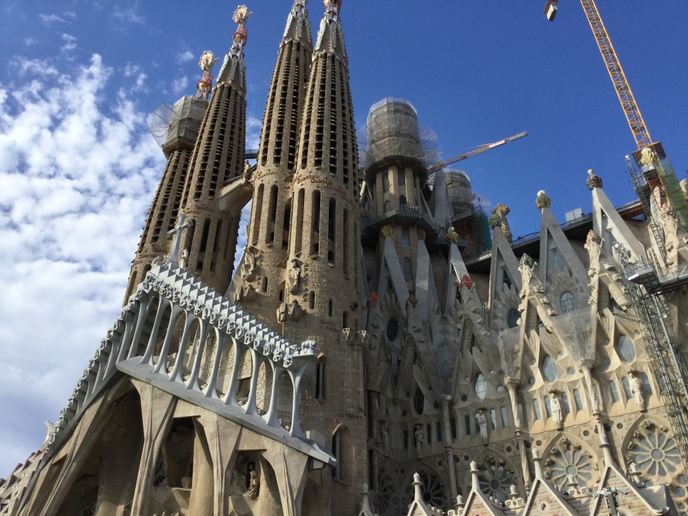Co-creating next-gen public services? There’s an app for that
In this increasingly digital and participative era, co-design has become a huge buzzword within public administrations. After all, what better way to guarantee citizen interest in – and compliance with – public services, than to involve citizens in their conception? The recently completed CO3 (Digital Disruptive Technologies to Co-create, Co-produce and Co-manage Open Public Services along with Citizens) project is one of the latest attempts to do so. The one-of-a-kind mobile application uses trending technologies, including augmented reality (AR), blockchain, interactive democracy, geolocated civic social networks and gamification techniques, to enable the next generation of digital public services. “Public administrations are increasingly willing to explore the potential of disruptive technologies to enhance digital democracy and boost public engagement,” says Guido Boella, coordinator of the CO3 project on behalf of the University of Turin. “Our project contributed by showcasing possible services for which digital solutions can be applied. We also highlighted relevant public perceptions, identified assets, risk and cost factors, and developed cross-sector pilots.”
Five social innovation pilots in three cities
The consortium tested its model and technologies across three sites for three different scenarios: socio-economic networking, digital urbanism, and knowledge sharing. Each city played host to two pilots. In Athens, for instance, ‘Grocery on Hold’ implemented the distribution of quality food to people in need through a blockchain-based wallet. ‘Urban Modelling in Empty Buildings’ centralised public debates among Athenians on the potential reuse of empty buildings, by means of an AR app and the civic social network ‘First Life’. “For each pilot, we could draw different lessons on how public administrations can work to introduce disruptive technologies in co-production processes. These technologies quickly emerged as an excellent facilitator or accelerator, as long as public authorities were willing to change their approach,” Boella explains. In each case, the initiatives had to be built around stakeholders’ needs and expectations. In Turin, the pilot ‘Augmented Commoning’ aimed to increase citizen participation in the governance of community hubs known as ‘case del quartiere’. They did so through a virtual currency used to advertise, manage and reward volunteering activities and augmented content, which allowed neighbours to visualise and collaborate on materials about these activities. Finally, in Paris the pilot ‘Contributory Clinic’ aimed to create a physical space for dialogue on concerns about overexposure to screens among children up to three years old, and ‘Urban Modelling’ was launched to involve local architects, public administrations, students and professors in the replanning of their neighbourhood. “CO3 is all about social innovation – the deployment of effective solutions for social needs and challenges through products, services and processes that are innovative in both their ends and their means. We wanted to transform public services and boost citizen engagement by taking advantage of new technologies and co-design methodologies,” Boella adds. Looking back at the project’s achievements, Boella says they are twofold: the CO3 technological platform and AR-based mobile app from a technological perspective, and the hands-on knowledge generated of the implementation of integrated disruptive technologies in real-life public services scenarios on the methodological side. “Stakeholders can learn about all these findings thanks to the guidelines, glossaries, methodological toolkits, NOOC training resources and policy briefs made public on the website,” says Boella. “Even though the project has come to an end, project partners in each city keep experimenting with digitally enabled innovative economic models to this day.”
Keywords
CO3, mobile application, public services, co-production, digital democracy, social innovation







